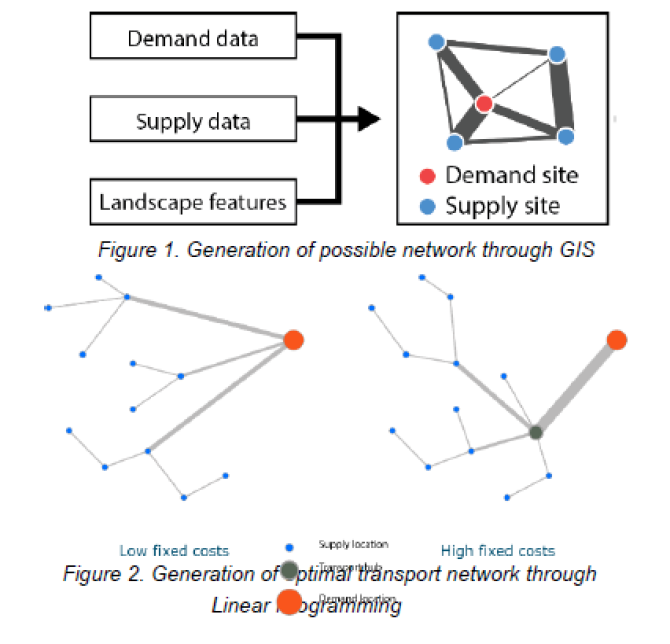
Project
Integral Blueprints
Water, especially fresh water, is crucial for sustaining human populations and enabling economic growth. Worldwide 1.2 billion people live in physical water scarcity, and 1.6 billion in economic water shortage. Global industrial water use is expected to increase by 400%. A paradigm shift in the way water is supplied to industry is needed to ensure water abstractions remain within the carrying capacity of ecosystems providing water resources.
Challenge
Industry requires significant quantities of water to operate. In the Netherlands 68% of the fresh water produced is used by industry. In most cases the water is part of the process, but is not part of the final product (high temperature steam production, cooling liquid in cooling towers, etc.). This range of applications raises questions concerning the quality of the water which is actually required for each of these processes:
- Is it really needed to use high quality fresh water to produce steam?
- Can process water be cascaded for more effective use?
- Can part of the process be operated with saline water?
The central paradigm shift within the Water Nexus programme is to consider saline water as a resource, instead of a threat:
Saline water where possible, freshwater where essential.
Method
In this research GIS methods are combined with Linear Programming in order to determine the optimal network to supply (industrial) water users with the water quality they require.
Through GIS the local landscape features affecting the costs of water transport are determined (Fig 1). The Linear Programming optimization algorithm is then used to determine the optimal combination of connections and the capacity of each connection (Fig 2).
Through this approach it is possible to minimize water supply costs and determine which water source, fresh or brackish, is most suitable for specific users.
